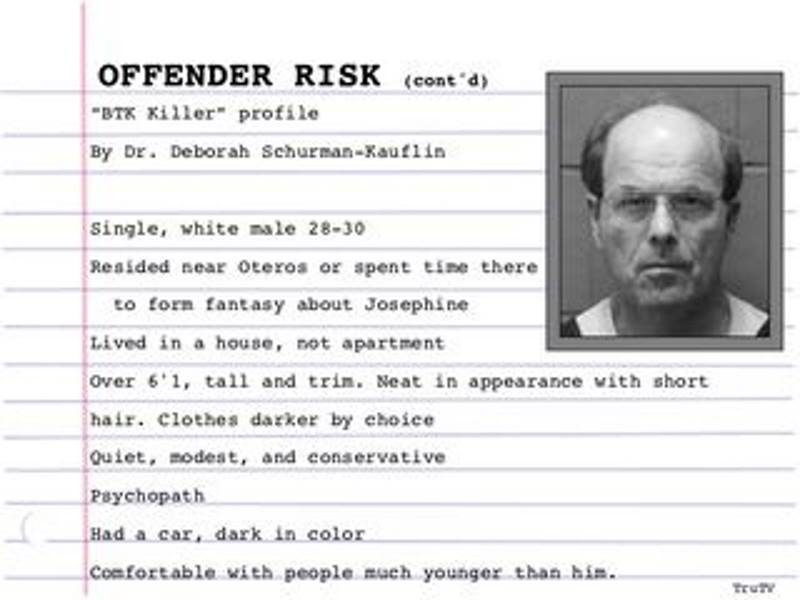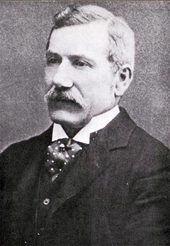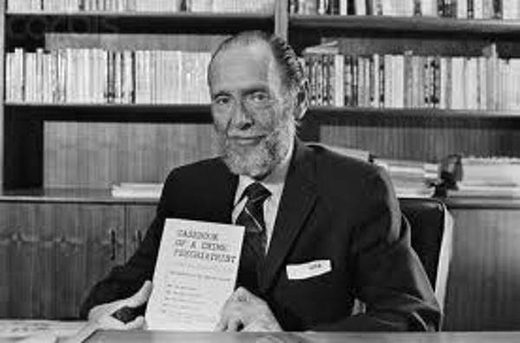
© SlideShare
The FBI formed its Behavioral Science Unit in 1974 to study serial predators. Since then, the art and craft of
criminal profiling have become the subject of numerous books, TV shows and iconic films such as
The Silence of the Lambs.
Continuing the trend, the Netflix series
Mindhunter explores the early efforts of the FBI to understand and profile serial killers.
Mindhunter is based in part on the writings of best-selling author Mark Olshaker and legendary FBI profiler John Douglas.
John Douglas is one of several pioneering FBI agents, along with the late Robert Ressler and Roy Hazelwood, who essentially invented computer-based, modern-day criminal profiling in the 1980s.
What exactly is profiling?
Profiling, or criminal investigative analysis, as it is called by the FBI, involves the investigation of a crime with the hope of identifying the responsible party, based on crime scene analysis, investigative psychology and behavioral science.
Criminal profiling is a cross between law enforcement and psychology. It is still a relatively new field with few set boundaries or definitions. Practitioners of criminal profiling do not always agree on methodology or even terminology.
Despite their disagreements, however, practitioners of profiling all share a common goal of analyzing evidence gathered at a crime scene and statements provided by victims and witnesses in order to develop a description of an unknown offender.
The offender description can include psychological factors such as antisocial personality traits, psychopathologies (mental illnesses), behavioral patterns, as well as demographic variables including, age, race and geographic location.
In practice, particularly as conducted by the FBI, criminal profiling is involved in the investigation, apprehension and prosecution phases of the criminal justice process.
In the investigation phase, profiling is used to determine whether or not crimes are linked and to predict the personality and lifestyle characteristics of an unknown perpetrator. In the investigation phase, profiling is used to develop strategies to apprehend the unknown criminal and to assess the likelihood of escalation in the perpetrator's crimes.
In the apprehension phase, profiling is used to predict where to look for an unknown serial criminal, to determine what information should be included in a search warrant, and how he/she may react upon apprehension. In the prosecution phase, criminal profilers act as experts in court to link crimes based on forensic evidence and to connect an alleged perpetrator to a series of crimes.
Profiling has a long and storied history.

Dr. Thomas Bond
In what is frequently cited as the first application of criminal profiling techniques, London physicians George Phillips and Thomas Bond used autopsy results and crime scene evidence in the fall of 1888 to make rudimentary but informed predictions about legendary serial killer Jack the Ripper's personality, behavioral characteristics and lifestyle.
In his written report after examining the available forensic evidence, including the bodies, Dr. Thomas Bond concluded that "all five murders no doubt were committed by the same hand... the women must have been lying down when murdered and in every case the throat was cut first." Dr. Bond stated that Jack the Ripper had no medical training or knowledge of anatomy, despite the killer's extensive cutting and mutilation of his victims.
This bold statement by Dr. Bond directly opposed what law enforcement authorities had previously concluded-that Jack the Ripper was either a physician or had medical training due to the fact that he had removed internal organs from some of his victims.
Dr. Bond reached his conclusion after noting that the gaping wounds inflicted by the Ripper were not consistent with the training of a medical expert or "even the technical knowledge of a butcher or horse slaughterer." In his opinion, the murderer must have been "a man of solitary habits, subject to periodic attacks of homicidal and erotic mania, and the character of the mutilations possibly indicating satyriasis" or uncontrollable sexual desire. Of course, we will never know for sure if Dr. Bond was correct because the Jack the Ripper murders remain unsolved.
Dr. James A. Brussel is widely credited with undertaking the first systematic offender profile in a U.S. criminal investigation. In 1956, Dr. Brussel's services were sought by the New York City Police Department (NYPD) after an unknown bomber had tormented and eluded them for sixteen years.
The cunning criminal, who would become known as "Mad Bomber" George Metesky following his capture, was apparently driven to violence due to anger and resentment over events surrounding a workplace injury he had suffered years earlier.
As a result, Metesky planted more than thirty small bombs around the city of New York between 1940 and 1956. His targets included Radio City Music Hall, Grand Central Station, Penn Station, movie theaters, telephone booths and assorted other public locations throughout New York City. A total of fifteen people were injured by twenty-two of his bombs that exploded. Incredibly, no one was killed in his attacks.

© manuelcarballal.blogspot.comJames Brussel holding his book, “Casebook of a Crime Psychiatrist”
In 1956, frustrated NYPD investigators turned to Dr. James Brussel, a psychiatrist and Assistant Commissioner of Mental Hygiene for the State of New York, to study photos from the crime scenes as well as hand-written notes sent to the police by the bomber. Dr. Brussel developed a very detailed physical and psychological profile of the suspect based on the evidence he was given.
According to Dr. Brussel, the perpetrator would be unmarried, a foreigner, self-educated, middle-aged, reside in Connecticut, suffer from paranoia and have a vendetta against the Con Edison power company. Some of Dr. Brussel's predictions were based simply on common sense. For example, the first bomb planted in 1940 had targeted Con Edison's 67th street headquarters in Manhattan, so a vendetta against Con Edison was a logical assumption.
Some of Brussel's other predictions, however, were based on his psychological training and medical expertise. Dr. Brussel knew that clinical paranoia tends to peak around age thirty-five in the general population. Therefore, he reasoned that in 1956 - sixteen years after his first bombing - the perpetrator would most likely be in his fifties.
As it turned out, Dr. James Brussel's criminal profile proved to be dead on, including the fact that Metesky was fifty-three years old. His profile led the NYPD directly to George Metesky, who confessed to the bombings immediately upon his arrest in January 1957. He was found not guilty by reason of insanity in court and committed to a state mental hospital. Metesky remained there until his release in 1973 when medical experts determined that he was no longer a threat to society. He died in 1994 at the age of ninety.
Dr. Scott Bonn is a professor of sociology and criminology, author and TV news analyst. He is available for consultation and media commentary.
Reader Comments
to our Newsletter